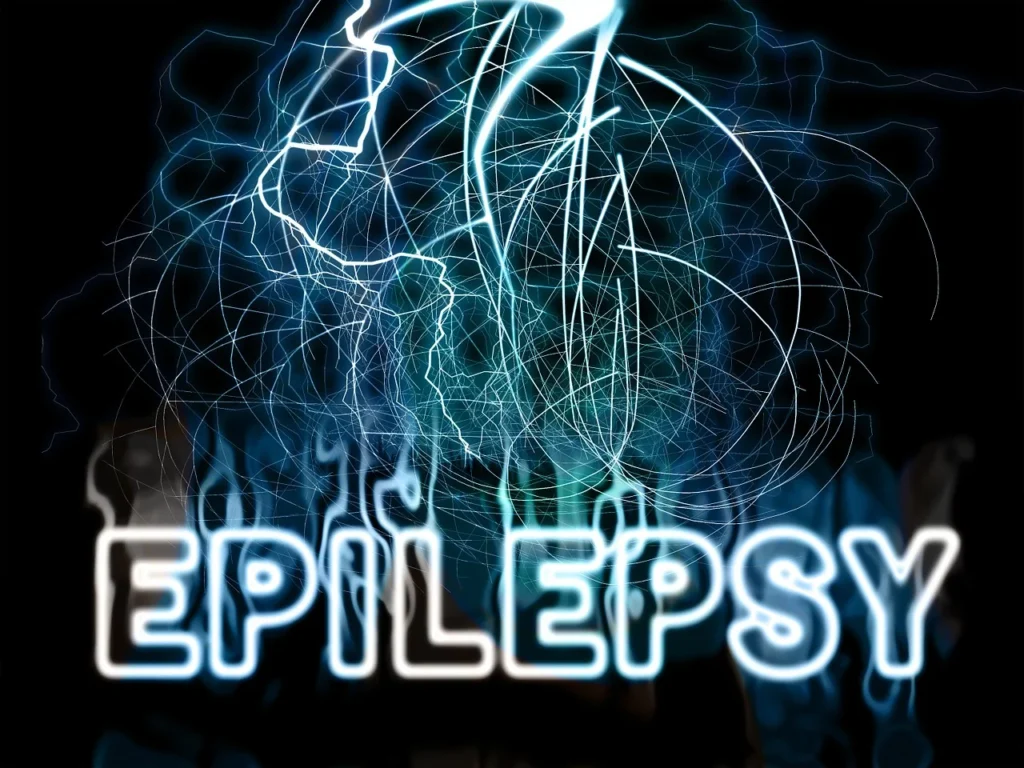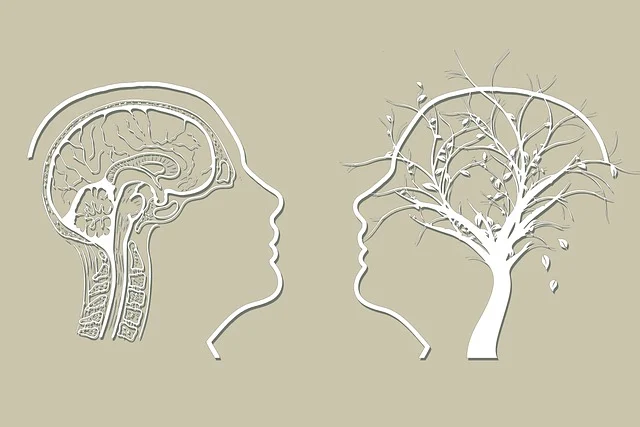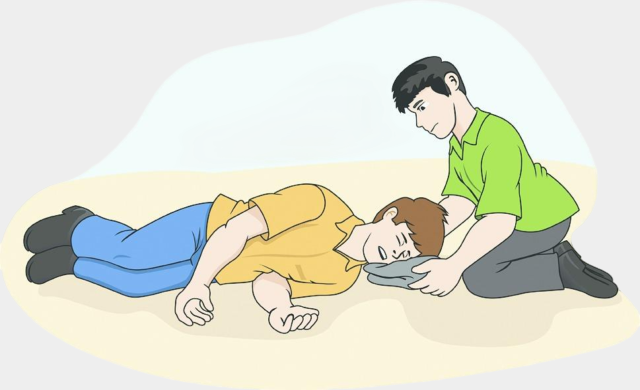What Is Emotional Numbness?
Emotional numbness is a state where a person feels disconnected from their emotions, unable to experience joy, sadness, or even anger. It often feels like living behind a glass wall — watching life happen but not feeling part of it. Many people describe it as “being on autopilot,” where emotions seem muted or entirely absent.

This disconnection is not a sign of weakness or indifference. Rather, it’s the mind’s way of protecting itself from emotional pain, trauma, or overwhelming stress. When emotions become too intense or persistent, the brain sometimes “shuts down” feelings as a survival mechanism. Over time, though, this emotional shutdown can lead to emptiness, isolation, and confusion about one’s sense of self.
Emotional numbness is not a permanent condition. It’s a psychological and sometimes neurological response that can be understood, addressed, and healed through awareness, compassion, and support.
What Causes Emotional Numbness?
Emotional numbness can arise from several overlapping causes — emotional, psychological, and physiological.
1. Trauma and Emotional Overload
Traumatic events like abuse, loss, accidents, or witnessing violence can overload the brain. In response, the body may enter a protective “freeze” state. This is a defense mechanism where emotions shut down temporarily to prevent further psychological harm. Over time, this can become habitual if trauma remains unresolved.
2. Chronic Stress and Burnout
When stress hormones such as cortisol remain high for too long, they disrupt the brain’s emotional processing centers. People under chronic pressure — whether from work, caregiving, or relationship issues — may slowly lose their ability to feel emotionally present.
3. Depression and Anxiety
Depression often brings emotional blunting, where pleasure and sadness both vanish. Anxiety, on the other hand, can cause the body to remain in constant alert mode, draining emotional energy. Both conditions can lead to emotional flatness or detachment.
4. Grief and Loss
Grief doesn’t always show up as sadness. Sometimes, it manifests as numbness. After losing someone or something deeply meaningful, the mind may detach to cushion the blow, leaving a person feeling hollow or “out of touch.”
5. Medication and Substance Use
Certain antidepressants, antipsychotics, or sedatives can dull emotional responses. Similarly, prolonged substance use — including alcohol — can suppress brain activity related to emotional awareness.
6. Unresolved Emotional Pain
Repeated suppression of feelings, avoiding conflict, or denying pain may gradually train the brain to numb itself. Over time, emotions are no longer processed but buried.
Recognizing the cause is often the first step toward healing — because emotional numbness is rarely random; it’s a signal that something inside needs care.
How Long Can Emotional Numbness Last?
The duration of emotional numbness depends on its cause, severity, and whether it’s addressed.
For some, it lasts a few days — often following a stressful event or argument. For others, it can persist for months or even years, especially when linked to trauma or mental health disorders.
Short-Term Numbness
Temporary numbness usually occurs after acute stress or shock. For instance, someone who experiences an accident or breakup might feel detached for a few weeks as their mind processes the event.
Chronic Emotional Detachment
When numbness extends for months, it often indicates unresolved emotional conflict or an underlying condition like depression, PTSD, or dissociation. Without intervention, emotional disconnection can become a long-term coping pattern.
Recovery Timeline
Healing can begin once awareness and help enter the picture. With therapy, mindfulness, or emotional work, improvement may appear within weeks, though full reconnection can take longer.
There’s no fixed duration — every person’s emotional recovery follows their own rhythm. What matters most is understanding that numbness is not a permanent state; it’s a protective pause awaiting reconnection.
Can Trauma Make You Emotionally Numb?
Yes. Trauma is one of the most common roots of emotional numbness. When someone experiences a traumatic event — whether physical, emotional, or psychological — the brain and body activate a defense system known as “fight, flight, or freeze.”
While “fight” and “flight” prepare for action, the “freeze” response shuts down feelings altogether. This emotional paralysis protects the mind from overwhelming distress but also blocks positive emotions like joy or love.
Dissociation and Emotional Numbness
Many trauma survivors experience dissociation — a sense of detachment from their thoughts, emotions, or surroundings. This can feel like floating outside one’s body or existing in slow motion. Emotional numbness is often a part of this dissociative process.
Types of Trauma That Can Lead to Numbness
- Childhood neglect or abuse — long-term emotional deprivation dulls emotional awareness.
- Violent experiences or accidents — sudden trauma triggers lasting freeze responses.
- Emotional betrayal or abandonment — leads to emotional withdrawal to prevent future pain.
- Complex trauma (C-PTSD) — repeated trauma causes chronic emotional disconnection.
Healing trauma-related numbness requires addressing the underlying wounds through trauma-informed therapy, body-based healing (like somatic experiencing), or EMDR (Eye Movement Desensitization and Reprocessing). These methods help the body safely release stored emotions and reestablish emotional flow.
What Mental Disorder Causes You to Feel Numb?
Emotional numbness is not a disorder itself but a symptom that appears across several mental health conditions.
1. Depression
Depression often feels less like sadness and more like emptiness. People may lose interest in once-enjoyed activities, struggle to connect with others, and describe life as “gray.” Emotional numbness here results from the brain’s reduced capacity to process pleasure and reward.
2. Post-Traumatic Stress Disorder (PTSD)
In PTSD, emotional numbness acts as a psychological barrier against reliving trauma. Individuals may avoid triggers, memories, or relationships that evoke pain. It’s both protective and isolating.
3. Anxiety Disorders
Chronic anxiety keeps the body in a heightened state of alert. Over time, this constant stress drains emotional energy, leaving a person detached and fatigued.
4. Dissociative Disorders
Conditions like depersonalization or dissociative identity disorder often involve detachment from emotions, memories, or identity. Emotional numbness becomes a survival tool.
5. Schizoid or Avoidant Personality Traits
Some people develop long-term detachment from emotions and relationships due to ingrained personality traits formed early in life.
Recognizing numbness as part of a broader disorder is essential because it shapes the treatment path — targeting both emotional disconnection and its root cause.
Emotional Numbness vs. Emotional Detachment
Although they seem similar, emotional numbness and emotional detachment are not the same.
- Emotional numbness is usually involuntary — a reaction to trauma, stress, or exhaustion. The person wants to feel but can’t.
- Emotional detachment, on the other hand, can be intentional — a deliberate withdrawal to protect oneself from emotional harm.
For example, someone might choose emotional detachment after repeated betrayal to set boundaries. Emotional numbness, however, occurs without choice, often leaving people confused or frustrated.
Understanding this difference helps in self-compassion: numbness isn’t a personal failure; it’s the brain’s way of coping until safety returns.
Signs and Symptoms of Emotional Numbness
Emotional numbness can manifest in various ways, often subtle at first:
- Difficulty feeling joy, sadness, or empathy
- Feeling “flat,” empty, or disconnected
- Trouble crying or expressing affection
- Lack of motivation or interest
- Feeling detached from one’s body or surroundings
- Emotional indifference in relationships
- Avoidance of emotionally charged situations
- A sense of living “in a fog”
Physically, people may notice fatigue, poor sleep, or loss of appetite. Socially, they may withdraw or appear distant. Recognizing these signs is the first step toward addressing them.
The Hidden Effects of Emotional Numbness
While numbness may temporarily protect against pain, it also restricts joy, connection, and vitality. Over time, it can lead to:
- Relationship strain: partners or friends may feel shut out.
- Reduced empathy: inability to connect emotionally with others.
- Low motivation: difficulty pursuing goals or passions.
- Isolation: preferring solitude to avoid emotional demands.
- Identity confusion: feeling unsure of who you are or what you want.
Long-term emotional suppression can also worsen anxiety, depression, or physical symptoms such as chronic fatigue or body tension. Essentially, emotional numbness turns self-protection into self-limitation.
Healing from Emotional Numbness
Healing begins with awareness and self-compassion. It’s not about forcing emotions but about creating safety for them to reemerge.
1. Acknowledge Without Judgment
Accept numbness as a protective response, not a flaw. Awareness removes shame and invites healing.
2. Reconnect with the Body
Mind-body practices such as yoga, breathing exercises, and grounding techniques help restore the link between physical sensation and emotion.
3. Express Yourself Creatively
Art, music, journaling, or dance bypass intellectual barriers, allowing emotions to surface gently.
4. Practice Mindfulness
Pay attention to sensations, thoughts, and feelings without trying to change them. Small sparks of awareness can gradually thaw numbness.
5. Seek Therapy
Professional help from a psychologist or trauma therapist can guide recovery. Techniques like CBT, EMDR, or somatic therapy help process suppressed feelings.
6. Reconnect with Safe People
Supportive relationships help reestablish emotional trust. Even small, genuine interactions can reignite empathy and connection.
7. Self-Care and Rest
Adequate sleep, nutrition, and rest rebuild the body’s capacity for emotional regulation.
Healing is gradual — often nonlinear — but every step toward feeling again is progress. The goal isn’t to eliminate numbness instantly but to nurture safety so emotions can safely return.
When to Seek Professional Help
If emotional numbness lasts more than a few weeks, interferes with work or relationships, or comes with other symptoms like hopelessness or anxiety, professional support is essential.
A therapist can help identify whether numbness stems from trauma, depression, medication, or another cause. In some cases, psychiatrists may prescribe medication to regulate neurotransmitters involved in mood and emotion.
Seeking help is not a weakness — it’s an act of courage and self-care. The sooner you address numbness, the sooner emotional clarity can return.
Preventing Emotional Numbness
Prevention centers on emotional awareness and healthy coping strategies:
- Practice open communication about feelings.
- Manage stress through exercise, sleep, and relaxation techniques.
- Balance work and rest to prevent burnout.
- Engage in meaningful relationships and community activities.
- Allow emotions to be felt — even uncomfortable ones.
Emotions are signals, not threats. Listening to them regularly prevents the mind from needing to shut down in self-protection.
Conclusion: Reclaiming Your Emotions
Emotional numbness is not the absence of humanity — it’s the mind’s temporary armor against pain. While it may feel isolating, it also holds a message: something inside needs care, attention, and healing.
By understanding its causes, recognizing its symptoms, and seeking help, you can begin to thaw emotional disconnection. Healing takes time, patience, and kindness toward yourself.
The return of emotion — whether it’s joy, sadness, or relief — is a sign of recovery. Feeling again means you’re alive, connected, and ready to embrace life fully once more.



